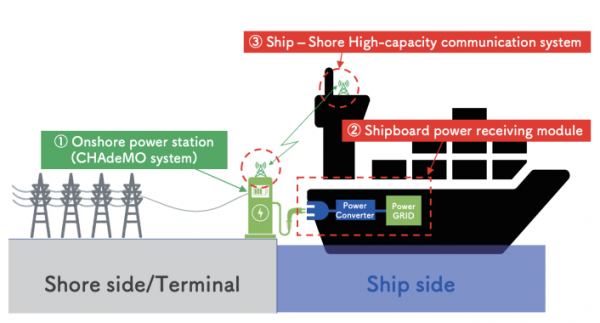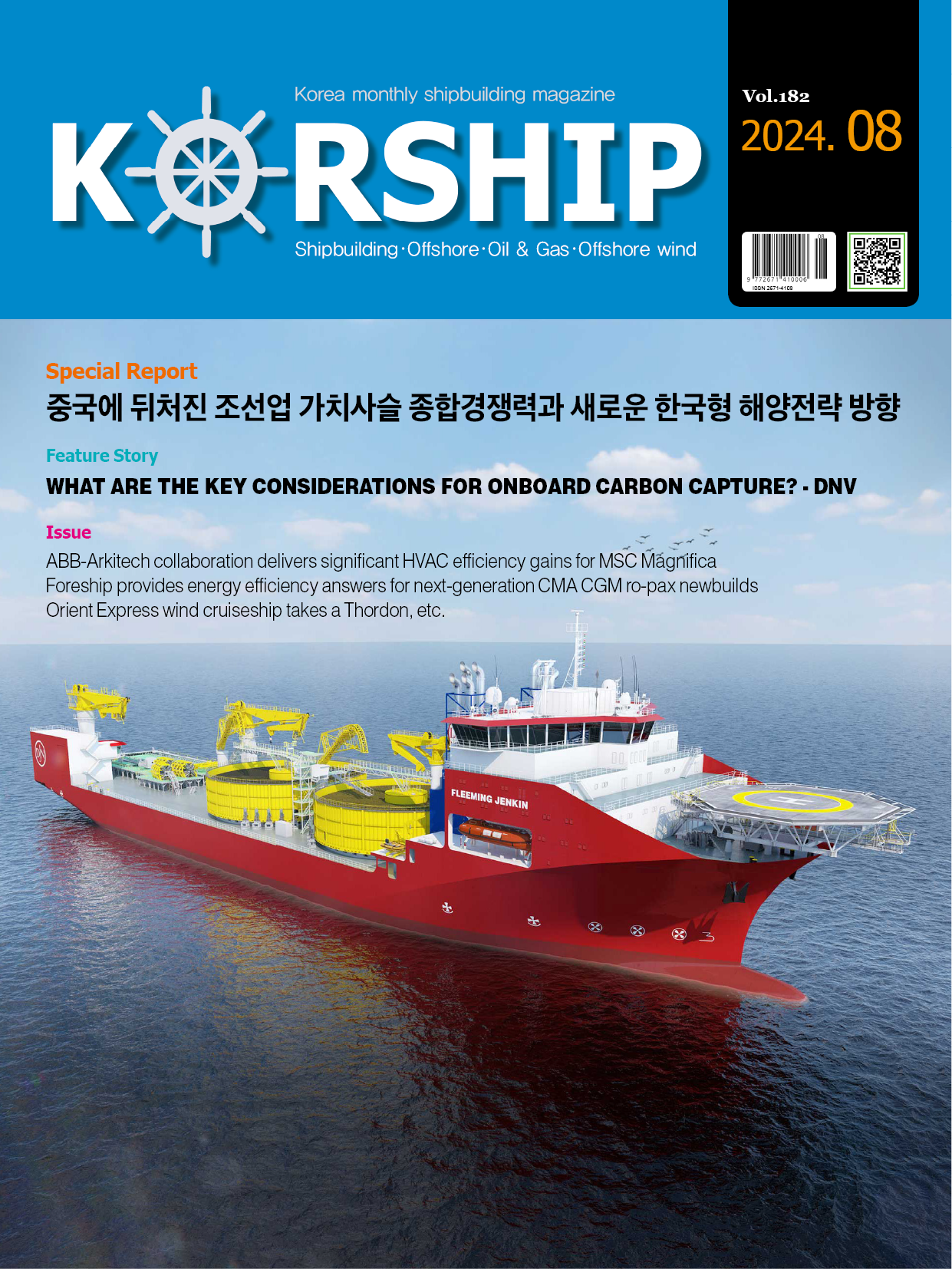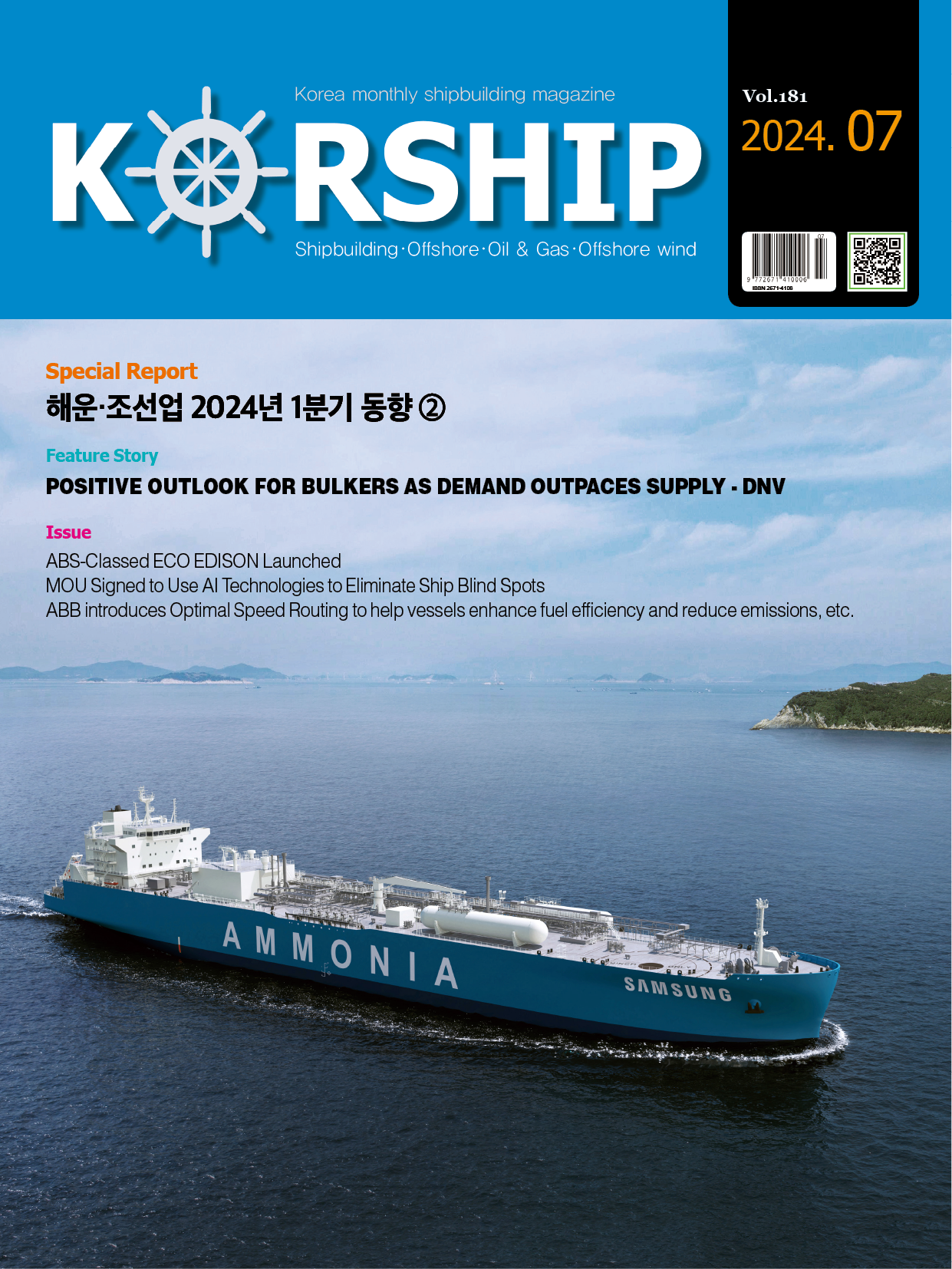ETC Establishment of the “Promotion Council for Zero Emission Chargers for…
페이지 정보
작성자 최고관리자 댓글 0건 조회 874회 작성일 23-09-15 14:55본문
- Aiming for the Widespread Use of Standardized Shore-to-Ship Power Stations

e5 Lab Inc. (President: Michihiko Nakano), Marindows Inc.(President: Yasumasa Suetsugu),
e-Mobility Power Inc.(President: Naoko Yotsuyanagi), CHAdeMO Association(President: Takafumi Anegawa), The Japan Ship Technology Research Association(Chairman: Seiichi Tanaka), Mitsubishi Shipbuilding Co., Ltd.(President: Toru Kitamura), and Development Bank of Japan Inc.(President: Seiji Jige) have established the "Promotion Council for Zero Emission Chargers for Ships(provisional name)"(hereafter referred to as "the Council"), aiming to promote the widespread use of standardized shore-to-ship power stations.
Background of the Establishment of the Council
In October 2020, Japan declared "carbon neutrality by 2050" and expressed its aim to "reduce emissions by 46% by 2030 compared to 2013 levels, and aim for even further reductions to 50%." In a joint declaration between Japan and the US in April 2021, both countries also agreed to cooperate on Carbon Neutral Ports(hereinafter referred to as "CNP"). In island country Japan, port areas are pivotal in the international supply chain, with over 99% of exported and imported goods passing through them. These areas are also the heart of coastal industrial zones, where power plants, steelworks, chemical industries, and others, responsible for about 60% of the country's CO2 emissions, are concentrated. Intensive efforts towards decarbonization in these port areas are seen as effective and necessary to promote Japan's carbon neutrality by 2050. In this context, "shore-to-ship power supply," which involves supplying electricity from land to ships, is attracting attention as a concrete measure to reduce CO2 emissions. Approximately 40% of CO2 emissions in ports come from diesel generators on docked ships. Moreover, these generators not only emit CO2 but also cause a significant impact on the surrounding environment by emitting harmful substances such as "noise," "vibration," "PM," "NOx," and "SOx." It is demanded to stop harmful emissions from docked ships at the source through the development of onshore power infrastructure, leading to improvements in global and local environments. The Council, in line with the government's policy and as a world-first initiative involving the member companies, has recognized the effectiveness of zero emission chargers(onshore power) for ships to promote decarbonization in maritime and port areas and the expansion of renewable energy use and has united in purpose.
Goals the Council Aims to Achieve
In the Council, taking into account the various issues in the ship power supply business in the early stages of EV ship diffusion, the participating members will play their respective roles and through an All-Japan collaboration centered on the seven companies mentioned above, we aim to develop and maintain a strategic ecosystem for zero emission chargers for ships, and to strategically engage in efficient operations and effective utilization. This will lead to improved user convenience, an increase in the number of ships using the service, the independence of the ship power supply business, and the further development of chargers. Ultimately, this will realize zero emissions from ships in port areas, the spread of EV ships, the expansion of renewable energy use, and improvements in global and local environmental issues.
Business Plans
For the first phase, by fiscal 2025, we will install prototype standardized universal zero emission chargers for ships in Hanshin Port and Keihin Port, which are international strategic ports where domestic and foreign freight and ships are concentrated. We will then expand these chargers to ports, fishing ports, marinas nationwide, and overseas. Moreover, City of Kobe, Port and Harbor Bureau and City of Yokohama, Port and Harbor Bureau are participating in the Council as observers.
Specific Initiatives
1. Development of standard universal zero emission charger system for ships The system will consist of the three elements shown in Figure 1 and will be a standardized specification that transcends company boundaries.
(i) Onshore power station(standardized charger and billing system)
(ii) Shipboard power receiving module(standardized and modularized hardware and software)
(iii) High-capacity communication between ship and shore(standardized high-capacity communication system within the port)
2. Surveys and recommendations on the establishment of standards and rules
3. Creation of social implementation projects to promote diffusion
4. Information collaboration between participating companies
5. Mutual utilization of zero emission chargers between participating companies
6. Public relations and promotional activities to promote the diffusion of zero emission chargers
7. Cost reduction through joint procurement
8. Content creation for “Zero Emission Charger × X”
9. Building a sustainable ecosystem, including reuse
■ Contact: e5Lab.Inc. www.e5ship.com












